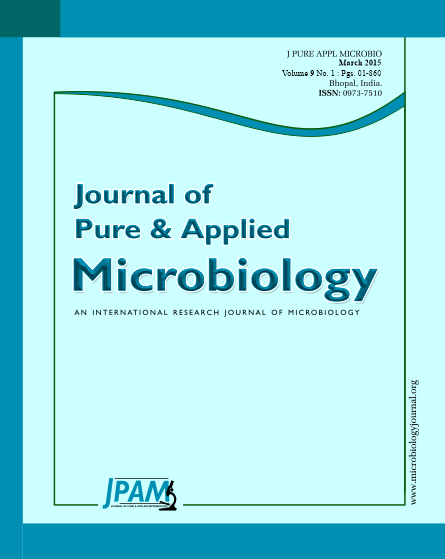Multiple factors can influence the overall community diversity of microorganisms in thermophilic mats. In this paper, two cultivation-independent molecular methods, i.e. terminal restriction fragment length polymorphism analysis and 16SrRNA gene library were used to analyse the microbial community structures of hot springs in the Changbai Mountains. This paper analysed the bacterial community compositions in the surface sediments of three hotsprings, and remarkable differences were observed among hot springs. The temperature impacted markedly the bacterial community structure in the hot spings. The chemoautotrophic bacteria were abundant in three separate hot springs, and the light autotrophic bacteria were dominant in the high-temperature hot springs. However, more comparative studies on different springs will be necessary. Thermotogae, Thermus, Clostridium, Gallionellaceae and Pseudomonadales were the dominant bacterial group in the clone library from the hot springs, whereas Aquificales appeared to be the dominated colonizers by T-RFLP. Combined detection is more effective for the research of microorganism community in the hot springs. In addition, the present study points to the interactions between the bacterial community composition and the sediment environmental characteristics, revealing the roles of microorganisms involved in the biogeochemical cycling of nutrient elements in the hot spring ecosystem.
Hot spring sediment, 16S rRNA gene library, T-RFLP analysis, Phylogenetics, Biogeochemical cycles
© The Author(s) 2015. Open Access. This article is distributed under the terms of the Creative Commons Attribution 4.0 International License which permits unrestricted use, sharing, distribution, and reproduction in any medium, provided you give appropriate credit to the original author(s) and the source, provide a link to the Creative Commons license, and indicate if changes were made.


